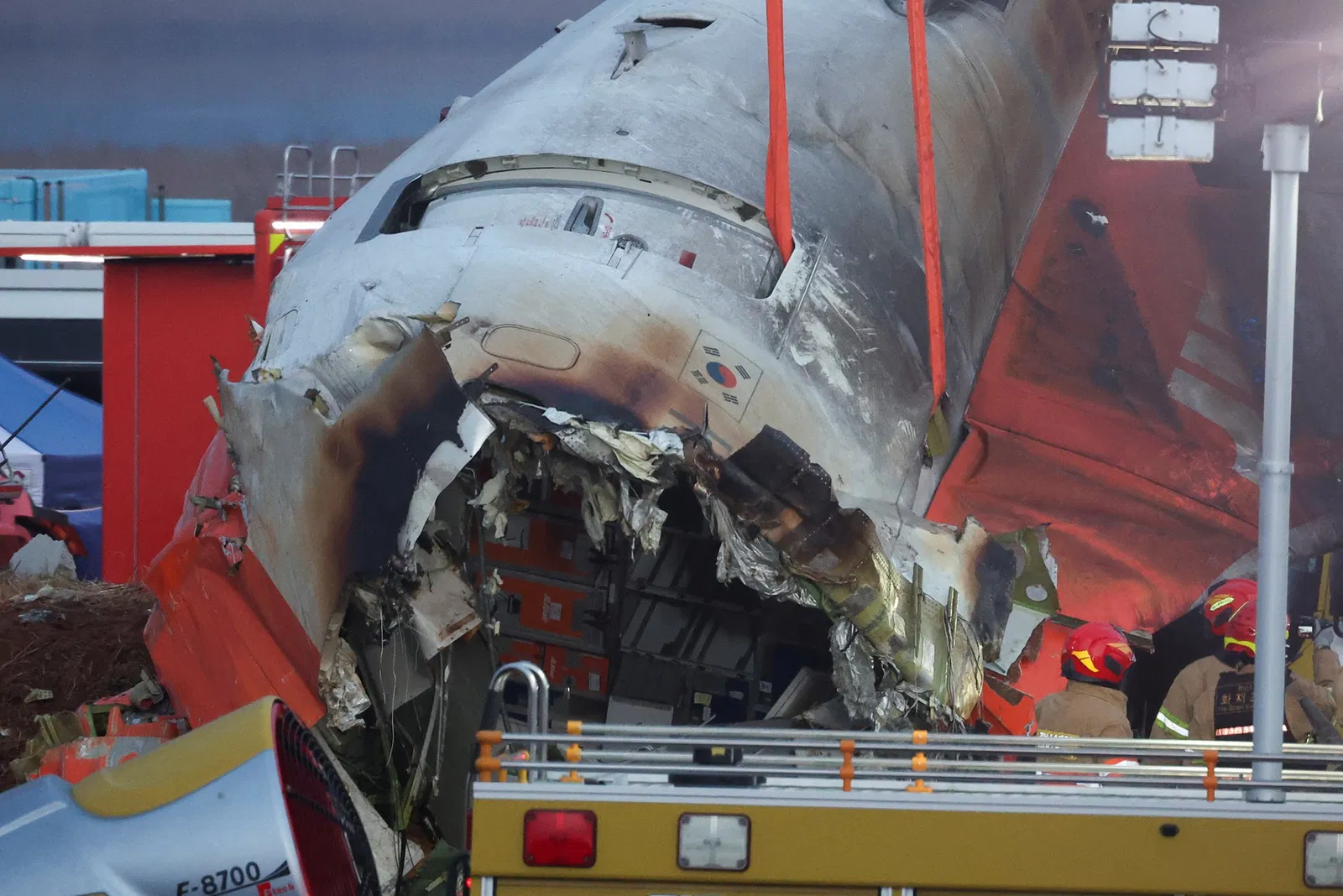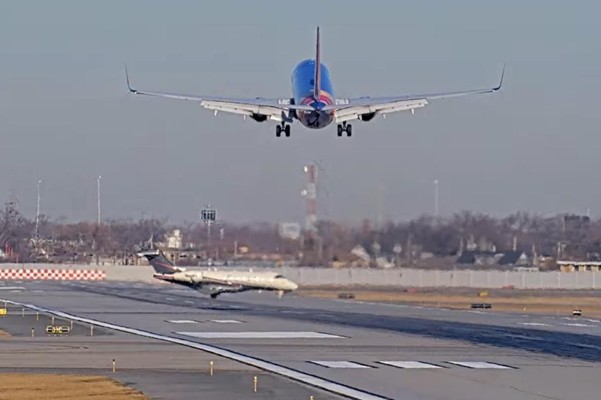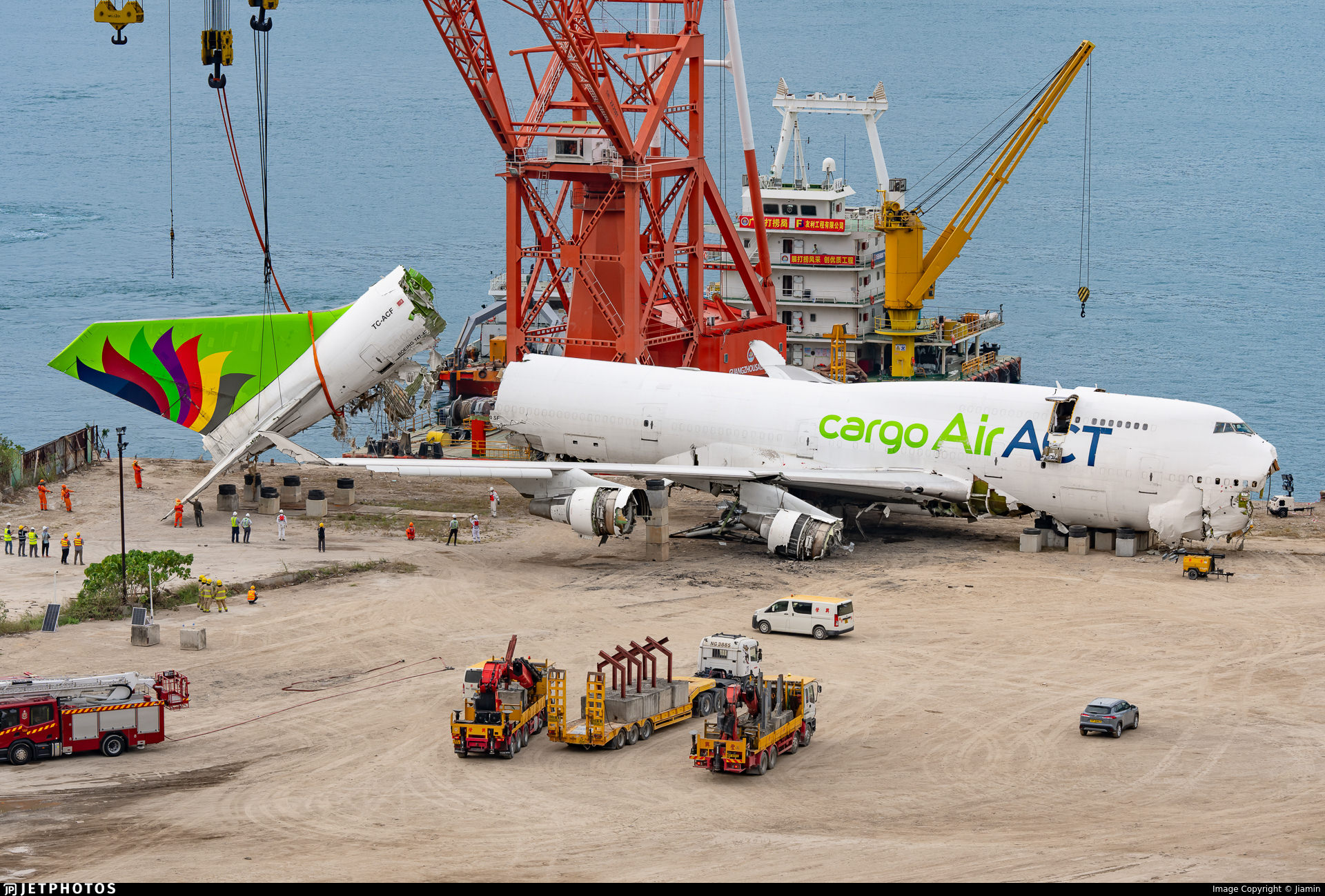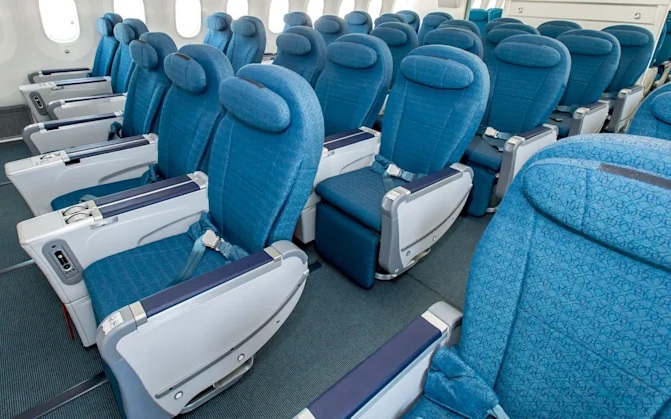
By Josh Wood
Published Tue Jul 22 2025
South Korean authorities cancel press conference after relatives reject preliminary findings
In a dramatic turn on July 19, 2025, South Korean authorities abruptly cancelled a scheduled press conference following a private meeting with families of the victims of the Jeju Air crash, after they furiously rejected the findings of an interim investigation report.
According to relatives present at the briefing, the report concluded that a bird strike involving Baikal Teal Ducks—each weighing approximately 0.45 kilograms—severely damaged the aircraft’s right-hand engine. However, investigators also stated that the left-hand engine remained operational and was mistakenly shut down by the crew, leading to the aircraft's catastrophic loss of power.
Outraged by what they described as a lack of transparency, families accused investigators of offering conclusions without supporting evidence. “We were given statements, not documents,” said the relatives' spokeswoman. “If they are going to tell us the left engine was working and was wrongly shut down, they need to prove it—because that changes everything.”
Another grieving family member voiced disbelief that the interim report appeared to center blame solely on the flight crew while ignoring other possible contributing factors, including mechanical issues, the runway slope, and the presence of a concrete structure at the end of the runway.
“The families did not get an adequate explanation,” said a lawyer representing the group. “In fact, depending on how you look at it, it kind of puts all the blame on the dead birds and the dead pilots.”
South Korean media later quoted an unnamed official confirming the investigators’ current position: that the crew should have shut down the damaged right engine, but instead deactivated the functional left one.
Following the heated meeting, the Ministry collected all copies of the interim report distributed to the families and announced that the document had not been officially released. The public press conference was then cancelled without further explanation.
The Jeju Air crash remains under investigation. Families say they are demanding a full, transparent report backed by data—not conclusions without context.
The crash of Jeju Air Flight 2216, triggered by a devastating bird strike and dual-engine failure, has raised pressing questions around aviation safety, wildlife management, and airport emergency preparedness.
What we know about the incident from the preliminary Crash report released in January 2025
Originally cleared for an approach to Runway 01 at Muan Airport, Jeju Air Flight 2216 encountered a bird strike during descent, prompting the flight crew to declare a mayday to air traffic control (ATC) at 08:59 local time and subsequent and go-around. Video shows the landing gear is retracted for the go around. The aircraft subsequently touched down on Runway 19 with the landing gear still retracted at 09:02 local time and crashed head-on into an embankment at the end of the runway. The aircraft touched down 1,200 metres into the 2,800-metre-long Runway 19, leaving insufficient distance to come to a stop. Only two cabin crew members seated in the rear galley survived the crash.
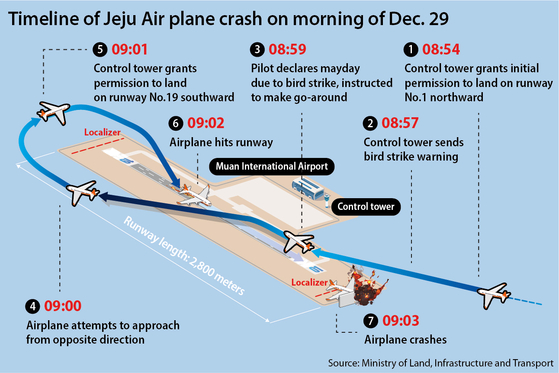
Preliminary reports suggest the aircraft suffered a bird strike to both engines( first the left and then the right), resulting in a complete loss of power and hydraulic systems, which control the landing gear. Feathers and blood were found in both engines, confirming the bird strike.
The flight data recorder (black box or FDR) and cockpit voice recorder (CVR) ceased recording four minutes before the crash, hampering the investigation. It remains unclear whether the flight crew attempted an engine relight (the process of restarting an aircraft's engine after it has shut down or failed during flight) following the dual-engine failure. However, the fact that the aircraft landed on the opposite runway suggests that this was not feasible.
The loss of hydraulic power was a critical factor in this accident, as these systems control the aircraft’s essential flight surfaces—movable components on the wings, tail, and other structures that enable the pilot to manage the aircraft's movement and stability by manipulating airflow. Without hydraulic power, the landing gear could not be deployed, leaving the flight crew insufficient time to manually extend it using the gravity drop system.
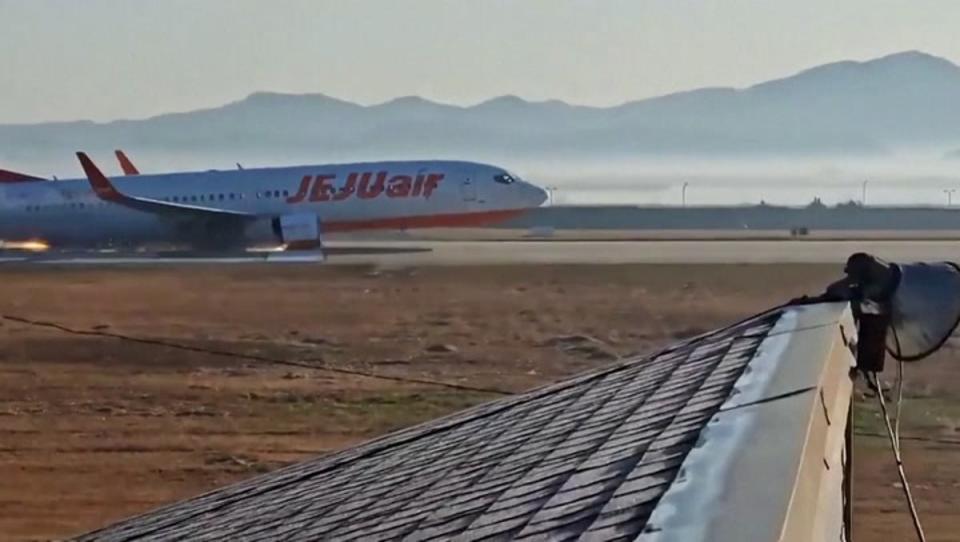
The exact cause of the CVR and FDR failure remains under investigation, but it is likely due to the loss of power or electrical failure resulting from the engine failure. This absence of critical data has significantly hindered the investigation, leaving key gaps in the timeline of events. While it is unlikely, the possibility of crew interference with the recorders cannot be ruled out at this stage. Given the high-stress nature of the moments leading up to the crash and the complete loss of engine power, it remains unclear whether the crew would have had the time or motivation to disable the devices. Both the CVR and FDR have been sent to the United States for further analysis.
Weather reports at the time of the crash indicated favourable weather conditions, with few clouds at 4,500 feet and a very light wind from the south-southwest. Weather has been ruled out as a contributing factor in the crash. However, Muan Airport’s ATC advised the flight crew of bird activity at 08:57 local time.
One of the major issues highlighted by this accident is the urgent need for improved wildlife management to reduce the risk of bird strikes, as engine vulnerability to such events remains a significant concern. Several bird roosting and feeding grounds surround Muan International Airport, posing an ongoing risk to its operations.
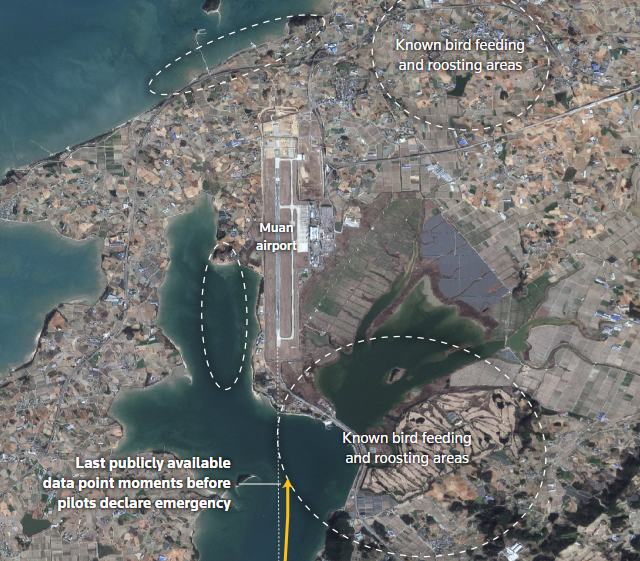
Muan Airport's emergency response also faced criticism for delays in reaching the crash site. The crash occurred outside the airport's perimeter fence, in an area with uneven terrain, making access difficult for heavy emergency vehicles. Although the crash was reported quickly, miscommunication between ATC and emergency teams delayed dispatch to the correct location. Furthermore, traffic congestion on the perimeter road further hindered rescue efforts.
Outdated communication systems, inadequate firefighting resources, and a lack of proper access roads hindered the emergency response. The airport's preparedness for first aid and medical emergencies was also criticised, as its facilities were designed for minor incidents, not large-scale accidents.
Although too little, too late, in a positive step, South Korea will change the concrete barriers used for navigation at nine airports across the country following the Jeju Air crash. Seven airports will also have their runway safety areas modified following a review of all South Korean airports that has since been carried out.
There are notable similarities between this incident and the "Miracle on the Hudson" in January 2009, when a US Airways A320-214 ditched in the Hudson River following a bird strike and dual-engine failure. Had Jeju Air Flight 2216 touched down further up the runway, it is possible the aircraft could have stopped in the grass area, potentially avoiding the embankment collision. This raises questions about Jeju Air’s emergency protocols and the flight crew’s decision-making during the incident.
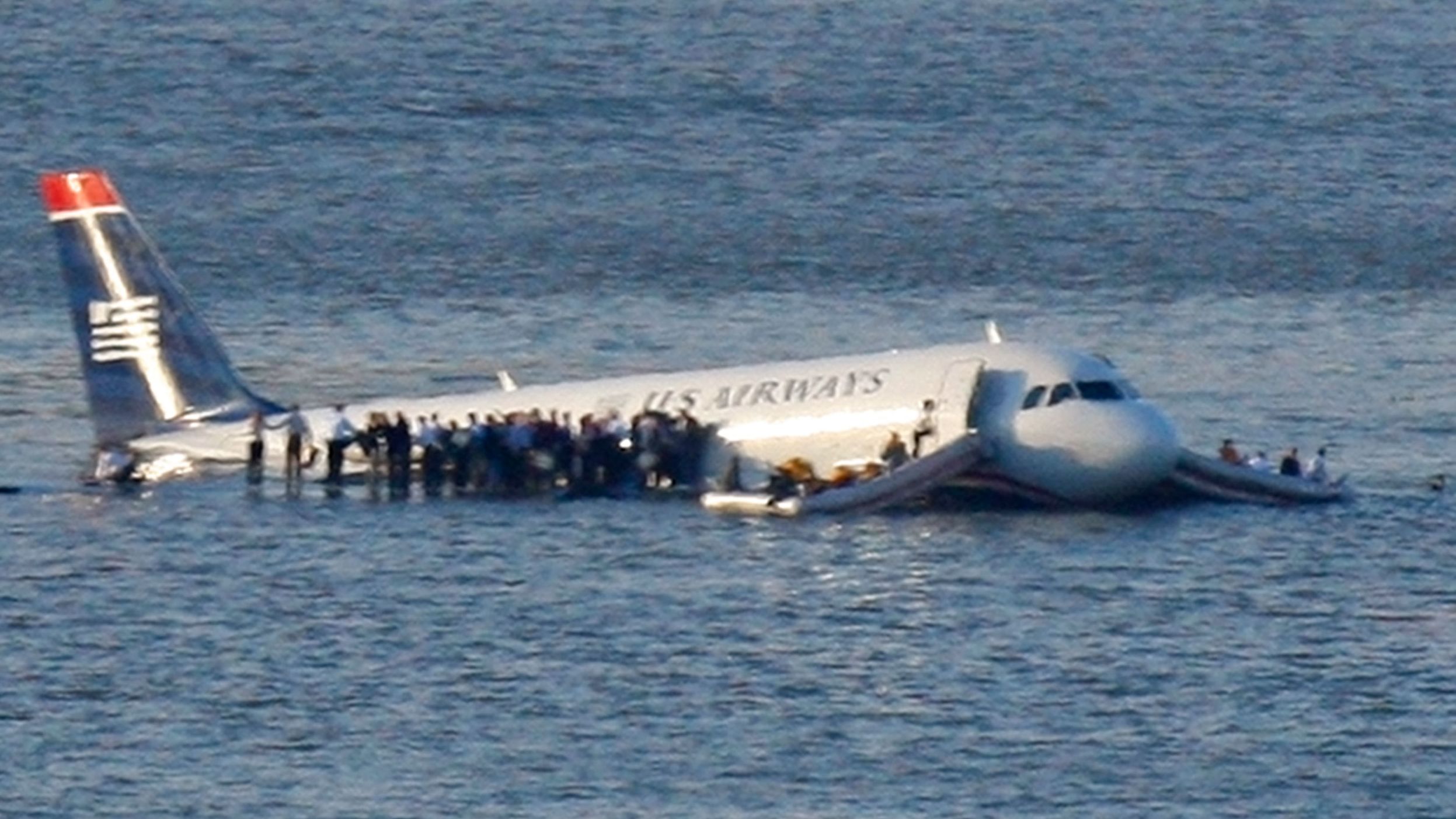
This tragic accident highlights critical gaps in aviation safety, wildlife management, and airport emergency preparedness. While Jeju Air and Muan International Airport operate in a region with unique challenges, the incident underscores the need for robust protocols to mitigate bird strike risks, ensure effective communication during crises, and enhance emergency response capabilities. Lessons learned from this disaster should drive improvements across the aviation industry to prevent similar tragedies in the future, and it is encouraging to see that such changes are already being implemented across airports in South Korea.
